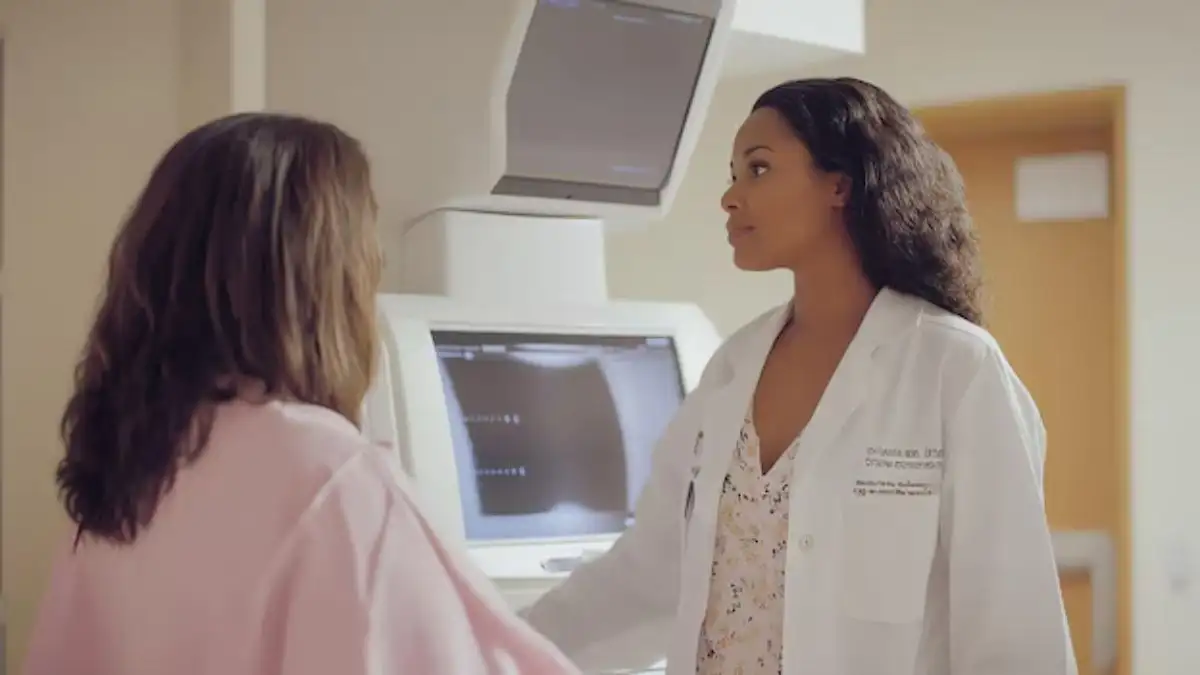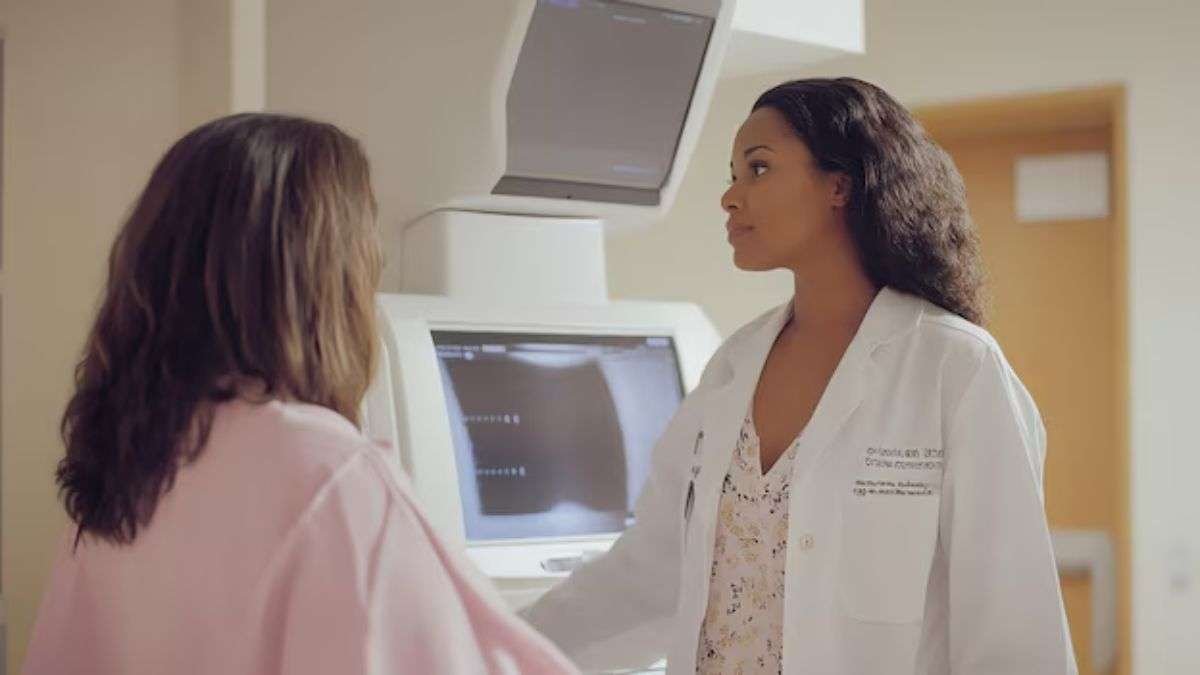7 tests that can help in diagnosing the condition – India TV

Breast cancer is the most common form of cancer in women. According to the World Health Organization (WHO), there were 2.3 million women diagnosed with breast cancer in 2022. Also, 6,70,000 deaths were reported globally for breast cancer. Approximately 99% of breast cancers occur in women and 0.5–1% of breast cancers occur in men. Breast cancer is the abnormal growth of cells in the breasts.
The growth of these cells begins inside the milk ducts and/or the milk-producing lobules of the breast. If left unchecked, the tumours can spread throughout the body which can eventually become fatal. If breast cancer is diagnosed at an early stage, it has a higher chance of being cured. Therefore, it is important that you get tests done at regular intervals as it can help in early diagnosis of breast cancer. Here, take a look at the tests that can help in diagnosing breast cancer.
Breast Self-Examination
While this is not a diagnostic test, regular self-examination of the breasts is recommended to check for changes such as lumps, skin changes or nipple discharge. If you have any abnormal findings, check with your doctor and they would suggest the next course of action.
Mammography
Mammography is an X-ray of the breast that is used to detect abnormal growths or changes in breast tissue. It is used for routine screening, especially for women over 40 or those at high risk of breast cancer. It can detect early signs of breast cancer such as lumps or microcalcifications.
Ultrasound
Breast ultrasound uses sound waves to create an image of the breast tissue. It is often used to further investigate a suspicious area seen on a mammogram. Ultrasound can help differentiate between solid masses (which could be cancerous) and fluid-filled cysts (which are usually benign).
Magnetic Resonance Imaging (MRI)
A breast MRI uses magnets and radio waves to create detailed images of the breast. It is often used for women at high risk of breast cancer (due to family history or genetic factors) or to assess the extent of cancer in those already diagnosed. MRI can also detect tumours that might get missed by mammography or ultrasound.
Genetic Testing (BRCA1/BRCA2)
Genetic testing looks for inherited mutations in genes such as BRCA1 and BRCA2 which can significantly increase the risk of breast and ovarian cancers. Women with these mutations should undergo more frequent screenings or preventative measures to reduce their cancer risk.
Biopsy
A biopsy involves removing a small sample of breast tissue to be examined under a microscope for cancer cells. If a lump or abnormality is detected during imaging tests, a biopsy is the definitive way to determine if it is cancerous.
HER2/neu Testing
This test checks for overexpression of the HER2 gene or protein which can make cancer cells grow more aggressively. If a tumour is HER2-positive it may be treated with targeted therapies to block HER2’s growth.
ALSO READ: Eating eggs supports heart health, reduces the risk of premature death: Study



Post Comment